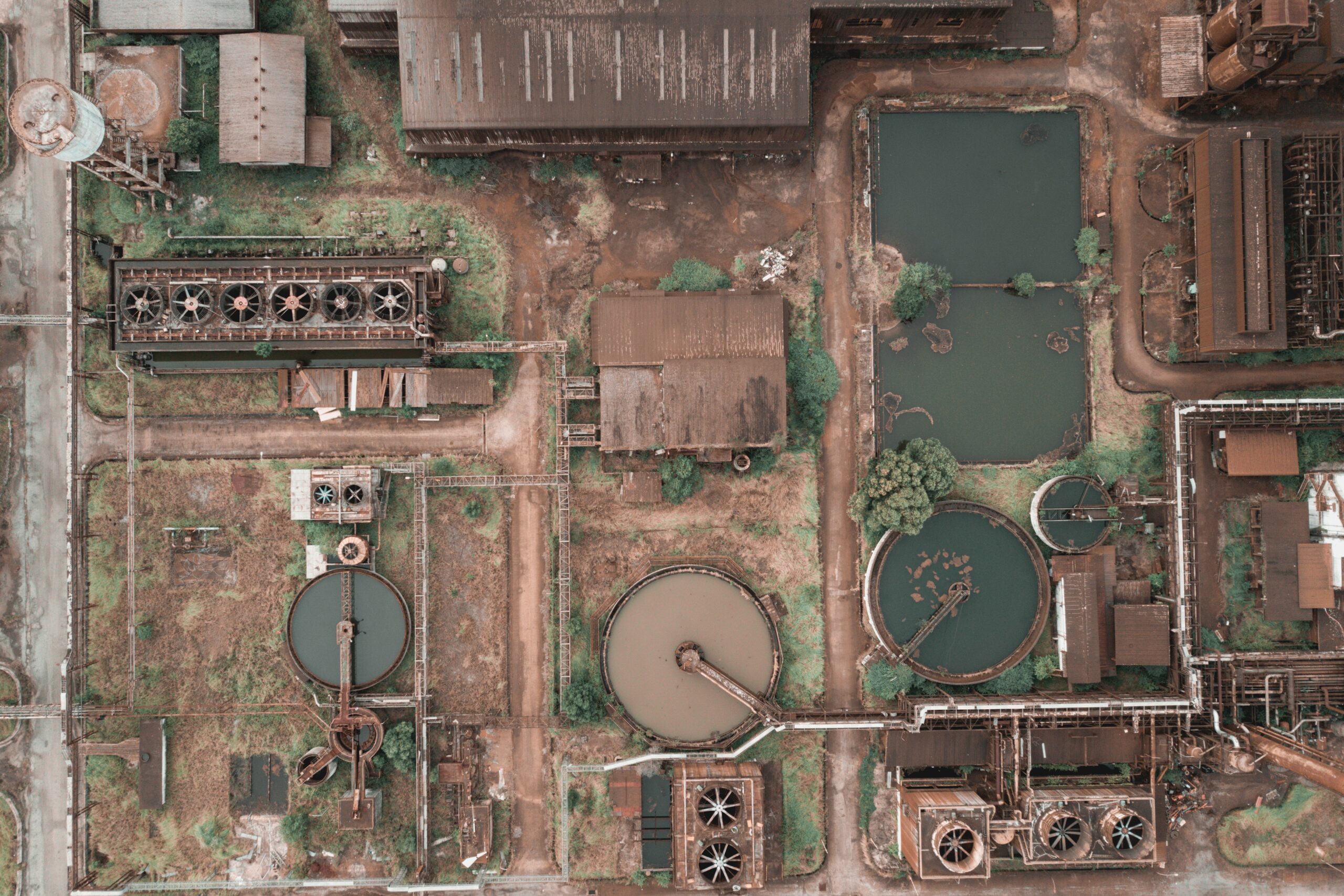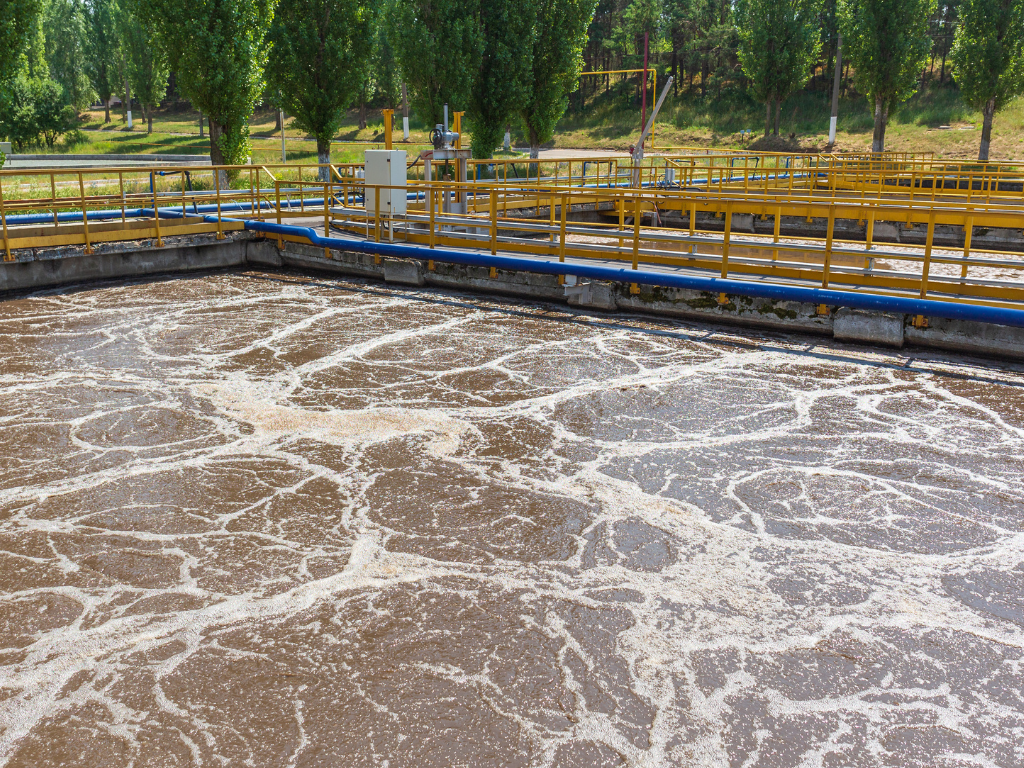Wastewater & Environment – Aerobic, Anaerobic, Facultative,Enzyme Producing,Bio Culture Bacteria Solutions
Microbial culture is a useful tool for treating municipal waste and industrial waste that are contaminated or toxic. By using their metabolic processes, oxidation, nitrification and denitrification capabilities, these microbes can break down the organic matter and industrial effluents into simpler substances that they can use for their own growth and survival.
The T1B bacterial cultures bring with them a range of crucial benefits and advantages. Some of them can be summarised as follows:
- Reduction of BOD or Biological Oxygen Demand in the wastewater system. A high BOD indicates that organic materials are not being removed properly.
- Reduction of Total Suspended Solids (TSS) levels. TSS is a measure of the number of suspended solid contaminants in wastewater. A higher TSS level is counterproductive to the efficient working of a wastewater treatment plant.
- Maintaining an optimum pH level of the wastewater treatment process.
- Disintegration and degradation of ammonical nitrogen, nitrates and phosphates and other harmful compounds. The microbiome solutions work efficiently to prevent the eutrophication caused by algal bloom due to excess nutrients in water bodies.
- Control of unpleasant odours and gases release from volatile organic compounds commonly called VOCs.
- Enable and upgrade optimum conditions for flocculation conditions essential for sedimentation, creaming or filtration processes in wastewater.
- Withstand shock loads and hydraulic loads and many more
The microbiome cultures can be applied to wastewater systems (WWTPs), municipal waste concentration, sewage treatment plants (STP) and effluent treatment plants (ETP), various types of bioreactors and biodigesters and for both aerobic and anaerobic conditions. Bioremediation plays a pivotal role in treating effluents and contaminants before the wastewater can be released into the oceans, rivers or lakes.
Since the conditions and processes vary in nature, the microbial consortium under the wastewater and environment vertical of TOB comprises various types of bacteria species. Separate products have been formulated with aerobic bacteria and anaerobic bacteria that can work optimally in aerobic conditions or anaerobic treatment steps as applicable.
The process to add microorganisms to the secondary treatment of wastewater is referred to as activated sludge treatment. This is after the primary treatment of wastewater treatment process. During the aerobic activated sludge treatment process, the wastewater treatment plant is subjected to an aeration process wherein air is pumped into the treatment tank to provide oxygen to microorganisms.
The microbiomes use the organic matter present in wastewater as a food source converting it into carbon dioxide, water and new microbial cells. The organic pollutants are thus decomposed and removed from wastewater. Nitrification and denitrification are biological processes that occur in wastewater treatment plants. Nitrification is the conversion of ammonia to nitrate by aerobic bacteria. Denitrification is the reduction of nitrate to nitrogen gas by anaerobic bacteria. These processes help remove nitrogen from wastewater and prevent eutrophication in receiving waters..
For Efficient Treatment Of Wastewater, Industrial Effluents, Sewage, fecal sludge, septic tanks, rivers, polluted lakes, ponds, solid waste composting, biomining, oil spills, FOG degradation, odour control, soil bioremediation – Microbe Based Bio-Solutions
Microbial consortia – Microbial Inoculants – Microbial Enzymes – Biosurfactants – Aerobic Bacteria – Anaerobic Bacteria – Facultative Bacteria – Bio Enzyme – Enzymes – Removing Oils, Fats and Grease – Enzyme Producing Microbes – Enzyme Producing Bacteria – Naturally Occurring Microbes – Bio Culture Bacteria Solutions – Bio Enhancer – Microbial Inoculum – Bioculture Product – Green Products – Superior Bio-Remediation Products – Active Bioremediation – Natural Bio Products – Best Bio Product



